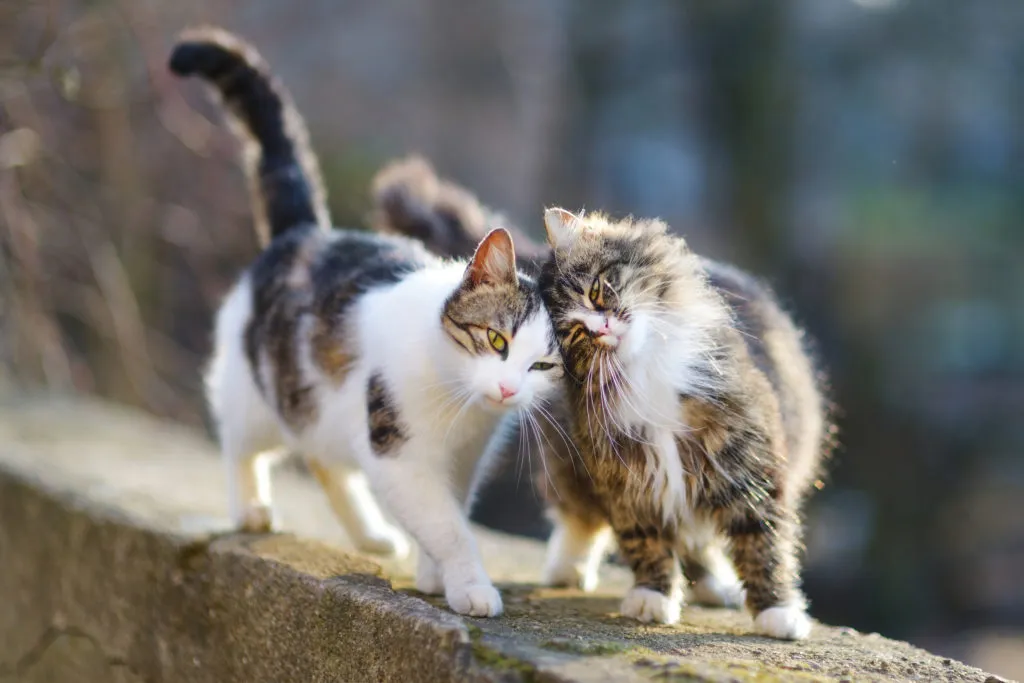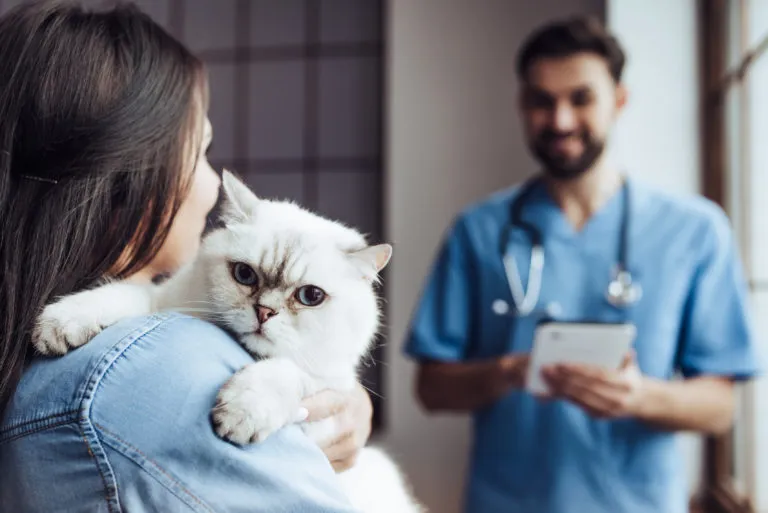When it comes to deciding on contraception and neutering for their beloved felines, pet enthusiasts often find themselves in a state of uncertainty. Neutering, particularly in the early stages, seems vital for unowned cats and in overpopulated animal shelters. Nonetheless, concerns persist: will withholding the chance for my cat to reproduce have an impact? What's the optimal timing for neutering? How do temporary methods differ from permanent neutering? And when is the right moment for this procedure?
Regardless of whether your cat originates from an animal shelter, a home or has been acquired from a breeder, the question of neutering has inevitably crossed your mind. Cats adopted from shelters typically undergo neutering before being rehomed, and unless you have ambitions of establishing a cattery, neutering is also recommended for pedigree cats.
Why choose neutering?
While our human perception on contraception is often emotionally influenced, it’s essential to acknowledge that cats primarily function on instinct in matters of reproduction. In their natural behaviours, cats could potentially produce multiple litters of kittens each year. Over a span of approximately 10 years, just one pair of cats could give rise to hundreds of thousands of offspring. Providing suitable homes with caring guardians and ample resources for such substantial numbers poses significant challenges. Timely neutering of cats is crucial to prevent the proliferation of unwanted offspring.
Moreover, intact animals frequently encounter considerable stress. Unneutered male cats commence territorial marking upon reaching sexual maturity, whereas neutered males roam extensively without seeking potential mates. Such males face elevated risks of accidents, conflicts with other species and contagious diseases. Female cats exhibit conspicuous behaviours and maintain a heightened state of alertness during their heat cycles. They partake in rolling movements, elevate their hindquarters, vocalise to attract males and may even neglect eating. Failing to mate can trigger hormonal shifts causing ailments such as cysts, mammary tumours or uterine inflammation.
In contrast, numerous instinctual behaviours are diminished in neutered cats. They enjoy a calmer and often healthier life, potentially contributing to an extended lifespan in comparison to their unneutered counterparts. The peril of contributing to feline suffering and exacerbating the overpopulation in animal shelters is averted.
In summary, neutering benefits both individual cats and the broader realm of animal well-being and safeguarding.
Neutering Procedure: How It’s Done
Twenty years ago, temporary contraception was provided for female cats, while male cats underwent castration. This method has since been replaced by a more streamlined approach: neutering both genders. Increasingly, experts recommend early neutering before the onset of puberty. Operating on cats under six months old not only prevents unwanted offspring but also ensures a safer and less complex procedure compared to operations on older cats. For outdoor cats, early neutering is especially advisable between eight to 14 weeks of age.
Castration is a brief procedure, lasting approximately 20 minutes for male cats. The spermatic cord is cut and separated by about half a centimetre. Often, no sutures are required.
When it comes to neutering female cats, the ovaries are excised, tied off and removed, mirroring the castration process. This results in a small incision on the abdomen, which can be closed with a few stitches. The entire procedure typically takes around an hour.
Cats can return home a few hours after the operation. Providing a calm environment is crucial during the initial hours to allow them to gradually regain consciousness and reorient themselves.
Life After Neutering: What to Expect
Curious about the aftermath of neutering? Wondering if your cat will experience notable changes? While some online claims can be exaggerated, it’s true that neutering affects a cat’s hormonal balance, leading to both physical and mental effects.
Firstly, the heat phase is eliminated. Male cats that previously marked their territory with urine might cease this behaviour after castration. However, this isn’t guaranteed, especially if castration occurs well after sexual maturity.
Neutered cats commonly display a calmer and more composed demeanour due to reduced hormonal fluctuations. They tend to be less active, as the body no longer expends energy on reproduction. However, appetite may increase, necessitating tailored dietary adjustments to prevent excessive weight gain.

Critics of neutering often raise concerns about potential negative effects on healthy development, such as an larger head affecting balance or a narrower urethra leading to urinary issues. However, research, including collaboration with the American Veterinary Medical Association, conducted by the WINN Feline Foundation, debunked these claims. Studies have shown that neutering at an early age does not influence urethral diameter or overall bodily growth. Head size is solely determined by genetics and remains unaffected by neutering. While neutered cats typically exhibit reduced aggression, their fundamental personality remains unchanged. Your cat will continue to have ample time for engaging in play, affectionate cuddles and leisurely activities, all while maintaining its cherished independence.
Rest assured, neutering brings about a positive impact for your cat. Wishing you and your feline companion all the best!

